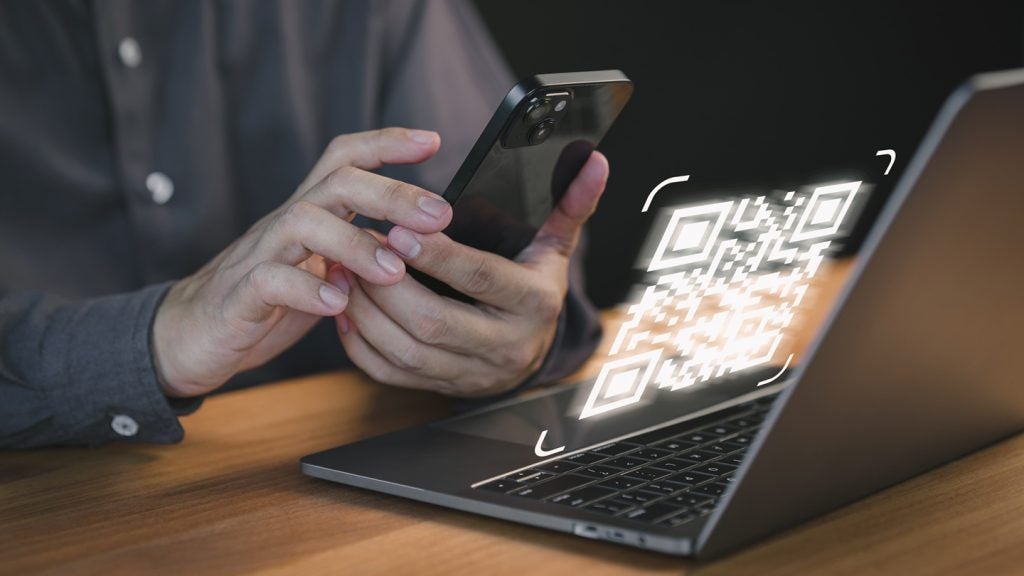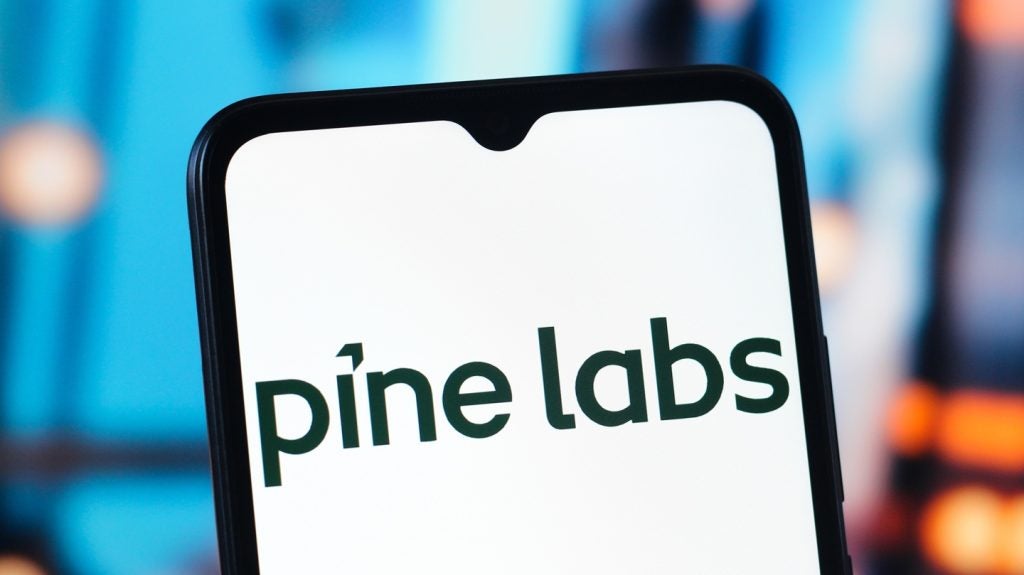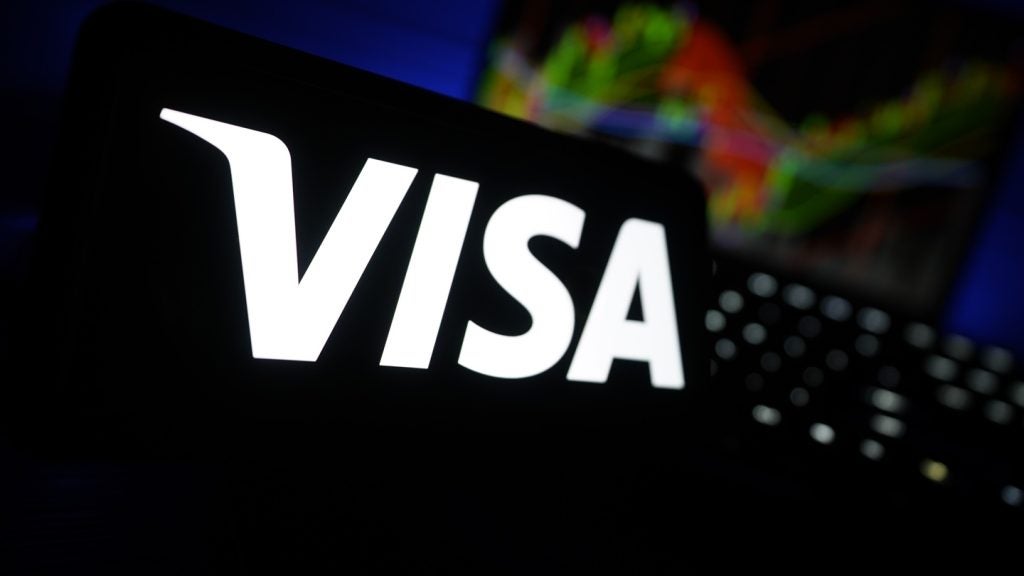John Fernandez, Legal Counsel at the PPRO Group, looks at the growing uptake of biometric technology. As companies, such as Apple, are exploring the benefits of biometrics, banks are beginning to take notice and plan their own steps in this uncharted territory
The banking and financial services industry has been exploring authentication of identity using biometric verification for a number of years now. The goal has been to develop intelligent payment and banking applications to improve operational efficiency, combat fraud and penetrate new markets. Some of the innovative technology deployed to date includes the use of fingerprint sensors in mobile phones, finger vein readers in ATMs and voice recognition software for account access.

Access deeper industry intelligence
Experience unmatched clarity with a single platform that combines unique data, AI, and human expertise.
Emerging European markets such as Poland or Turkey have shown a greater willingness to embrace biometric technologies than their Western European counterparts. In Poland for example, Planet Cash has launched a shared ATM network allowing users to withdraw cash with finger vein biometrics.
In Western European markets, a successful existing payments framework as well as concerns over privacy and secure biometric credentials storage, have contributed to slower adoption of the technology. Nevertheless, there are signs of a gradual evolution. A WorldPay survey indicated that 49% of European consumers would like to see biometric payments emerge as a payment technology alternative.
In the UK, to aid the ever changing lifestyles of the modern consumer, RBS and NatWest are adopting this new technology in order to move away from the use of passwords, and have recently announced that they will soon allow customers to access their bank accounts via their smartphones using fingerprint recognition technology.
This is an interesting, yet exciting step for the financial and banking sector. With traditional banking hours clashing with working hours, we have seen an increased move into a cashless society and consumers turning to online banking. With more and more people entering the digital age, the need to visit a physical bank is constantly decreasing, which is becoming increasingly apparent with the closure of many bank branches. We are currently living in a fast paced society, so providing customers access to their bank accounts via their smartphones is a great convenience. With a wealth of banking apps available, people are able to access their accounts on the go, regardless of where they are. Fingerprint recognition will allow customers to access their bank accounts with ease, unlike some of the existing methods, such as requiring a card reader to login to their bank account.

US Tariffs are shifting - will you react or anticipate?
Don’t let policy changes catch you off guard. Stay proactive with real-time data and expert analysis.
By GlobalDataAs well as fingerprint recognition technology, voice recognition is also being implemented. Barclays is to introduce voice recognition for users of its telephone banking service. The voice recognition system will verify customers based on their speech patterns and will be offered initially to Barclays Wealth customers, and then to the rest of its 12 million customers early this year. In the US, certain banks have piloted voice recognition software for use in mobile banking, although adoption of such initiatives is slower in comparison to European counterparts. Developments in smart phone technology, such as Apple’s iPhone 6, could certainly mean the use of biometrics in payments is set to increase. NFC support and a fingerprint sensor are built into the handset, enabling payments at terminals which support NFC connectivity. In addition to this, Apple has recently filed patents to extend the use of biometric data beyond the handset itself.
The patent would allow for fingerprints stored on one device via Apple’s Touch ID sensor to be uploaded to the cloud. This data could then be synced not only with other devices but also point of sale systems configured to purchase items via Apple Pay. Fingerprints at POS would be validated against those stored in the cloud to authorise purchases. In many ways, contactless payments are more secure than payments made by the traditional processing of card details. Sensitive data is encrypted and stored in the secure element on the device, such as a smart card chip in the SIM, ensuring that card data is not provided directly to merchants.
Consumers can be slow to adopt new payment products. However, Apple’s market share and market reputation as well as the fact that the product is already integrated with an existing payments ecosystem could mean higher rates of adoption, especially if Apple Pay is made available at enough merchant locations to gain critical mass. In addition, these new payment alternatives offer the speed and convenience consumers are looking for. Paying for goods using a smartphone immediately decreases queuing times in shops, making the customer’s shopping experience more satisfactory. Faster payment processes lead to increased sales, and therefore profits, making payment methods beneficial for both the retailer and the consumer.
With fraud losses on UK cards totalling £247.6m ($365m) between January and June 2014, the addition of biometric data for identity verification would no doubt be welcomed by banks. However it should be remembered that voice, image and fingerprints are publicly available and could be cloned, with different levels of effort. Therefore deploying biometric technology should be considered as part of a multi-factor authentication strategy by the industry.







